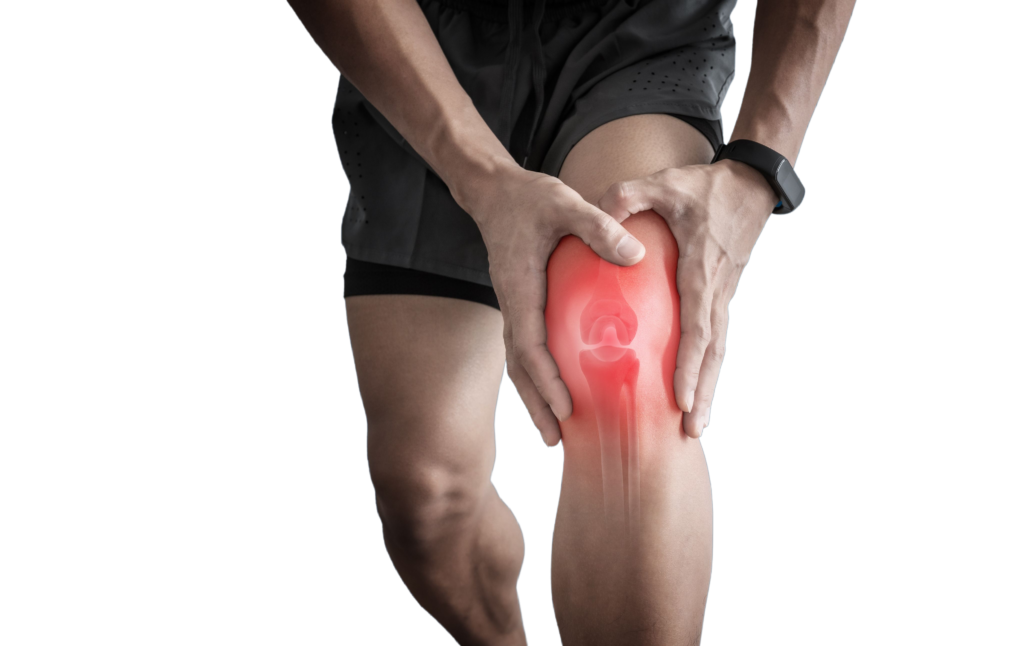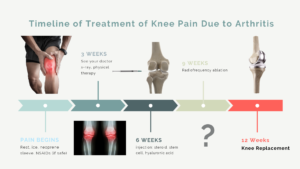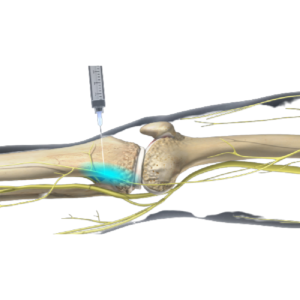
Radiofrequency ablation provides hope for knee pain due to arthritis without surgery
Radiofrequency ablation provides hope for knee pain due to arthritis without surgery https://bestpracticehealth.tv/wp-content/uploads/2022/10/Shutterstock_1689510040-1024x646.png 1024 646 Best Practice Health TV Best Practice Health TV https://bestpracticehealth.tv/wp-content/uploads/2022/10/Shutterstock_1689510040-1024x646.png- Knee pain due to arthritis is increasing, but there remain relatively few treatments for those who fail injection and are not ready for knee replacement surgery.
- Small case series show that burning the pain nerve to the knee (genicular radiofrequency ablation) reduces 65% of knee pain due to osteoarthritis for around one year.
- The non-surgical procedure is no more painful than any other injection and does not need much recovery.
- Burning of the pain nerve is best done by a board-certified anesthesiologist or physiatrist who is specializes in pain management.
One of the interesting things about our world is you can tell what’s trending by how many people are searching for it online. Here’s the trend for the google search “knee pain” since the search engine started in 2004:

Every year more and more people are interested in knee pain because more and more baby boomers feel knee pain due to arthritis. Despite the tremendous increase in demand, there are just a handful of treatments for knee pain due to arthritis after injections fail and before knee replacement.

Radiofrequency ablation is a promising treatment for knee pain due to osteoarthritis. The procedure reduces knee pain by burning the nerves that send the pain signal; the same way a root canal relieves toothache. Radiofrequency ablation for the knee is done through three needles placed around the knee.

Prior to the procedure a genicular block is done to make sure that radiofrequency will work. If you report more than 50% pain relief after the block, then your pain management specialist will recommend the radiofrequency ablation procedure.
If you are deathly afraid of needles, then sedation is available; most do not require any anesthesia other than numbing. The procedure is over in minutes. You may be sore afterward, but no extra medication is needed for pain control afterward.
In some cases, a week or two is required after radiofrequency of the knee for the pain to subside. We don’t have large scale, multi-center, randomized trials of this procedure. However, in the small case series available patients do report around 65% pain relief for a year. So, it doesn’t work on everyone, and the effect is not permanent. However, the procedure is covered by commercial health insurance as well as Medicare.

Dr. Dan Lieberman, M.D.
- Posted In:
- Knee Pain





